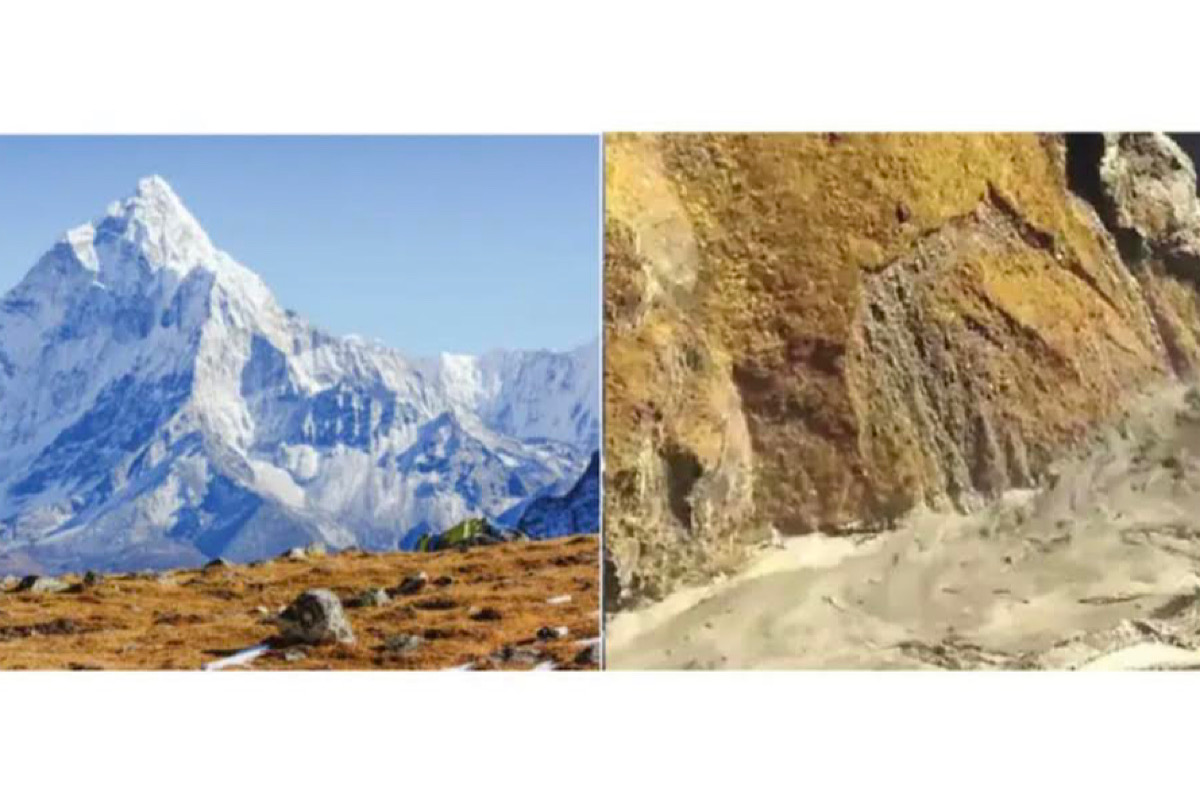Nepal, Qatar agree to increase cooperation in various sectors
The governments of Nepal and Qatar on Wednesday reached agreements on bilateral cooperation in various sectors.
Nestled amidst the towering peaks of the Himalayas, Nepal has faced the relentless wrath of nature in the form of devastating earthquakes time and time again.

The Himalayas representation [Photo: SNS]
Nestled amidst the towering peaks of the Himalayas, Nepal has faced the relentless wrath of nature in the form of devastating earthquakes time and time again. The latest tremor that struck on November 3 serves as a stark reminder of the country’s seismic vulnerability, although the precise scale of the tragedy is still unfolding as rescue and relief efforts continue. Beyond the immediate consequences, these recurring quakes shed light on the resilience of the Nepalese people and the pressing need for disaster preparedness in the region. The geological instability of the Himalayan region has been a perpetual challenge, but its most haunting ordeal in recent memory came in 2015 when two powerful earthquakes rocked Nepal, leaving a trail of over 9,000 deaths and massive destruction.
The aftermath witnessed the obliteration of towns, centuries-old temples and historic sites, with over a million houses reduced to rubble. The economic toll of these twin disasters was a staggering $6 billion. Fast forward to 2023, and the echoes of that cataclysmic event still reverberate through Nepal. The most recent earthquake in the western region of Jajarkot ~ the seventh after 2015’s quakes ~ is yet another blow to a country recuperating from past tragedies. The magnitude of 5.7 on the Richter scale sent shockwaves far beyond its epicentre, even reaching New Delhi. The damage, while severe, highlights the perilous combination of poor construction quality in the region and the vulnerability of a population caught off guard in their slumber. Recovery and resilience have become defining aspects of Nepal’s spirit. Time and time again, its people have displayed remarkable strength in the face of unimaginable adversity. The community spirit that emerges when the earth trembles is aweinspiring. Neighbours rush to the aid of those in need, rescue workers labour tirelessly with limited resources and the international community extends a helping hand. It’s a testament to the human spirit’s enduring ability to unite in times of crisis. Nepal’s government had sought to strengthen its preparedness in the wake of the 2015 earthquakes.
However, it’s a complex challenge. The nation’s topography, characterised by remote and rugged terrain, often hampers rescue efforts. Landslides complicate the situation, blocking critical roads and hindering access to affected areas. The necessity for improved infrastructure and preparedness is clear. International cooperation plays a vital role in these dire circumstances. India and China have offered assistance, displaying regional solidarity in the face of natural adversity. These gestures underscore the importance of neighbourly relations and collective responsibility when confronted with such crises. A helping hand from neighbouring countries can make a significant difference in saving lives and alleviating suffering.
Advertisement
As the nation grapples with its recurring seismic trials, the international community must continue to offer support and resources to reinforce Nepal’s resilience. Earthquake-resistant construction, early warning systems and comprehensive disaster preparedness are not just priorities but essential lifelines for this beautiful nation.
Advertisement